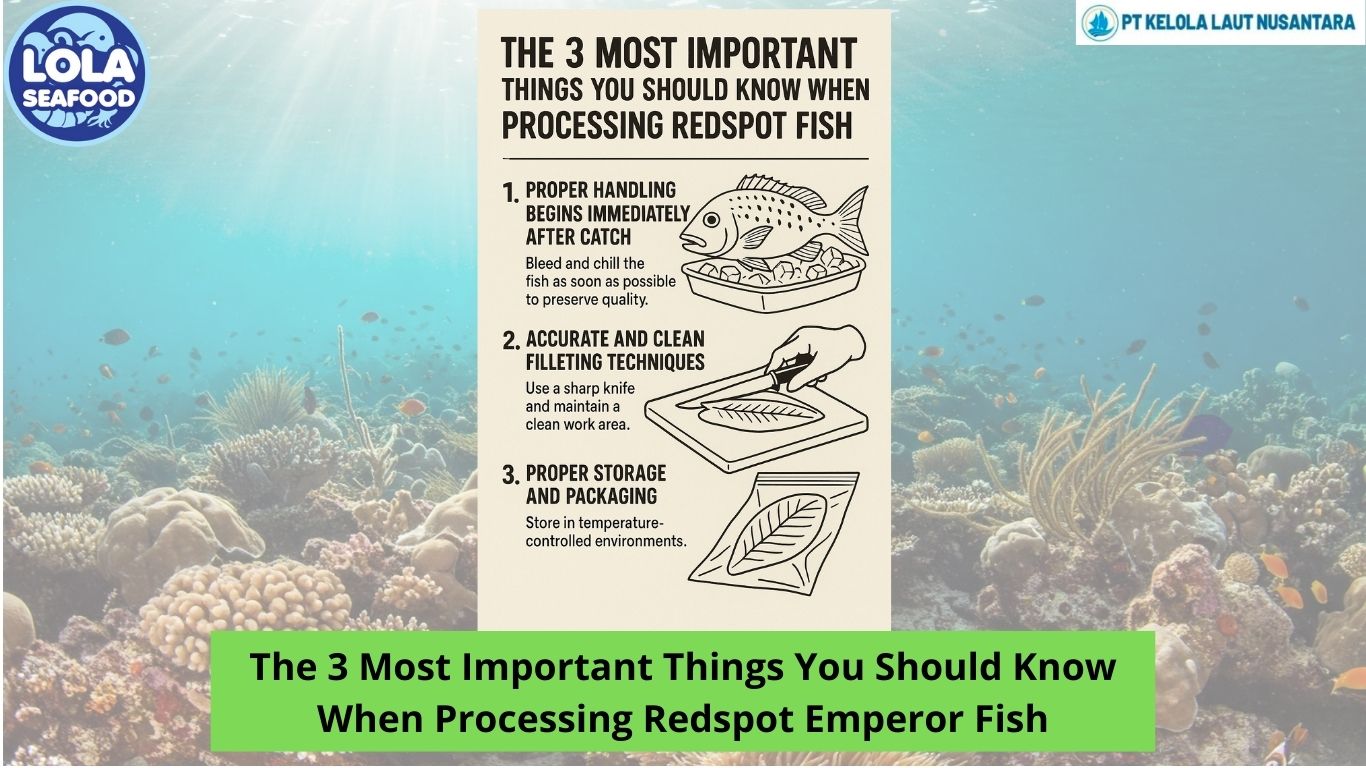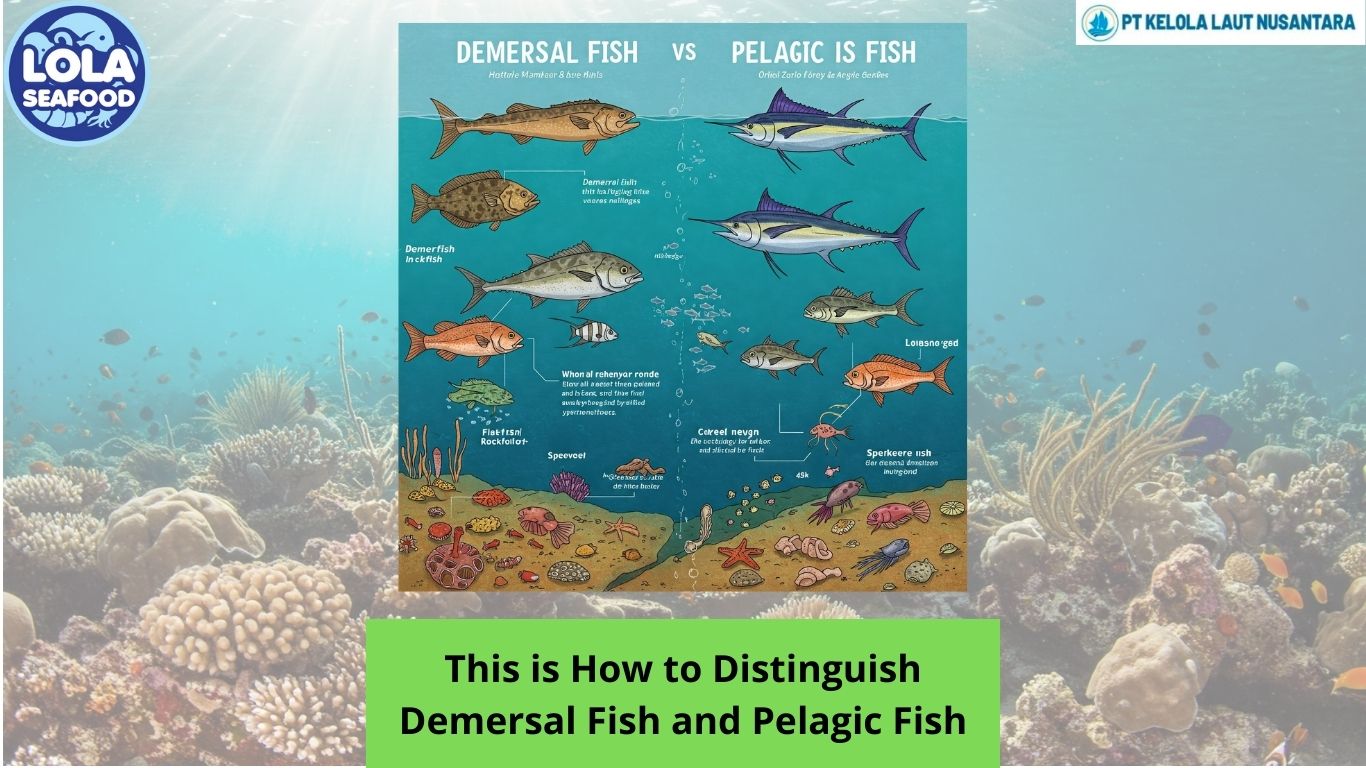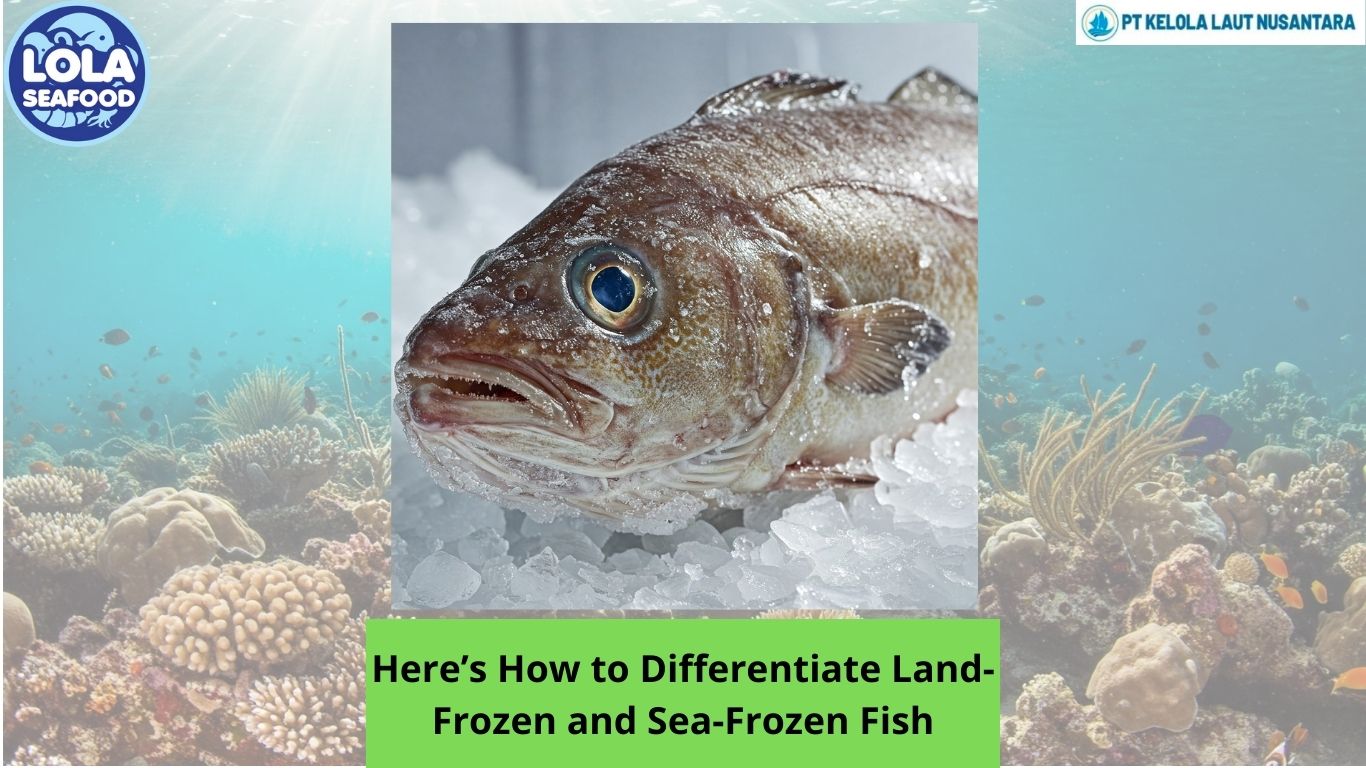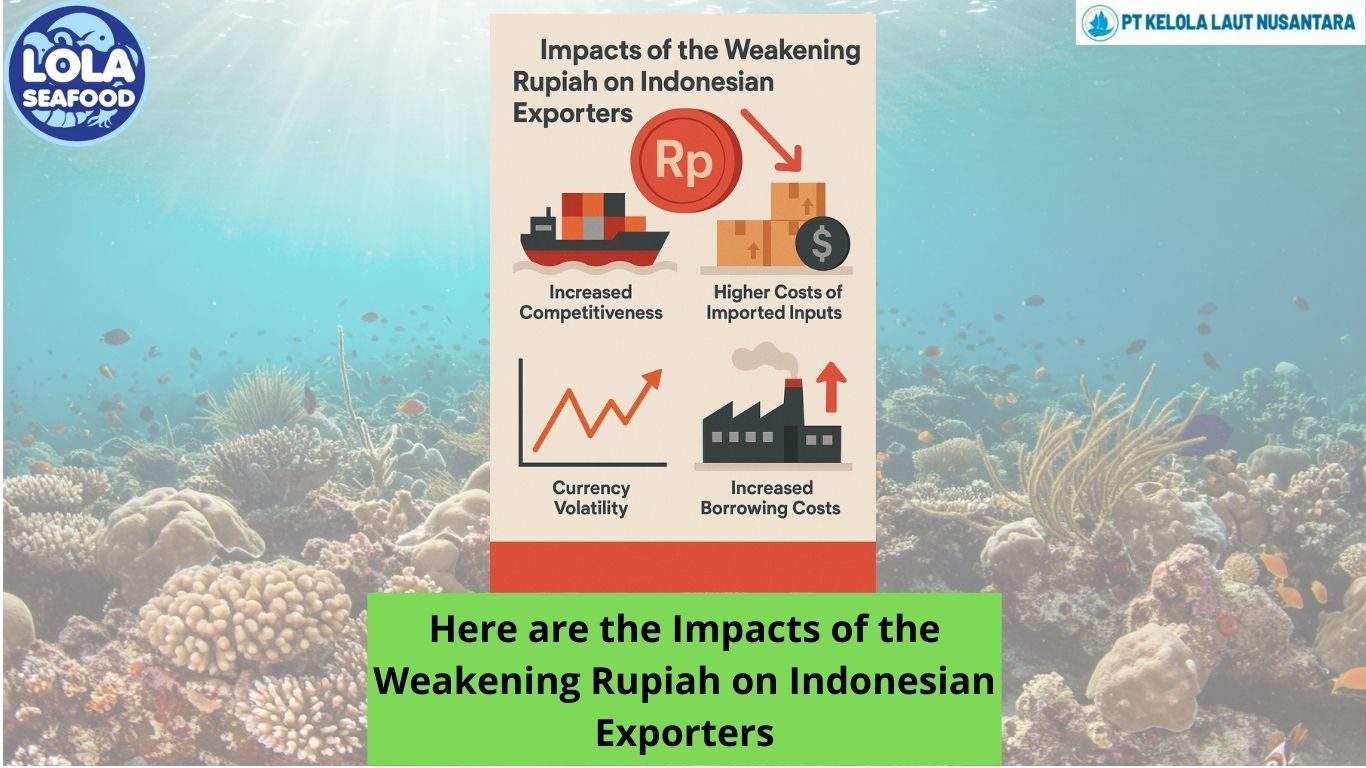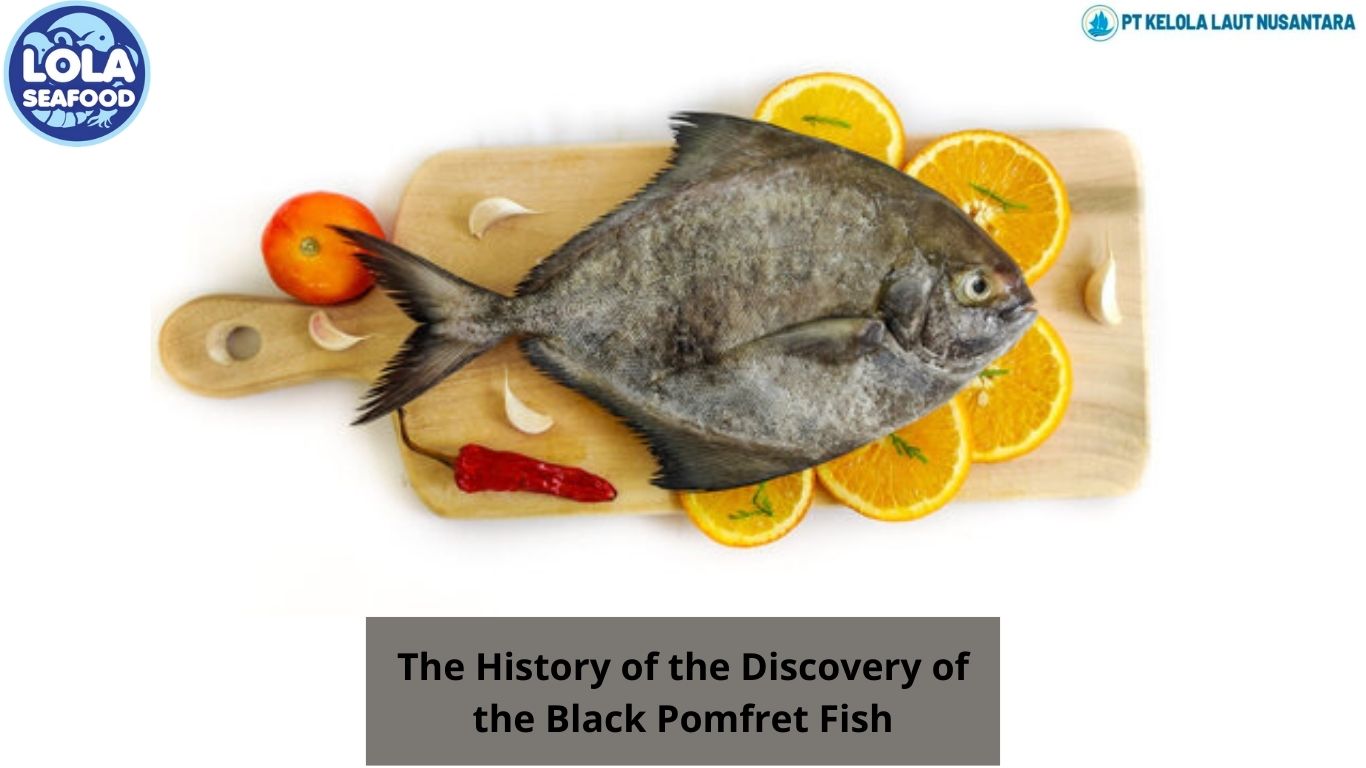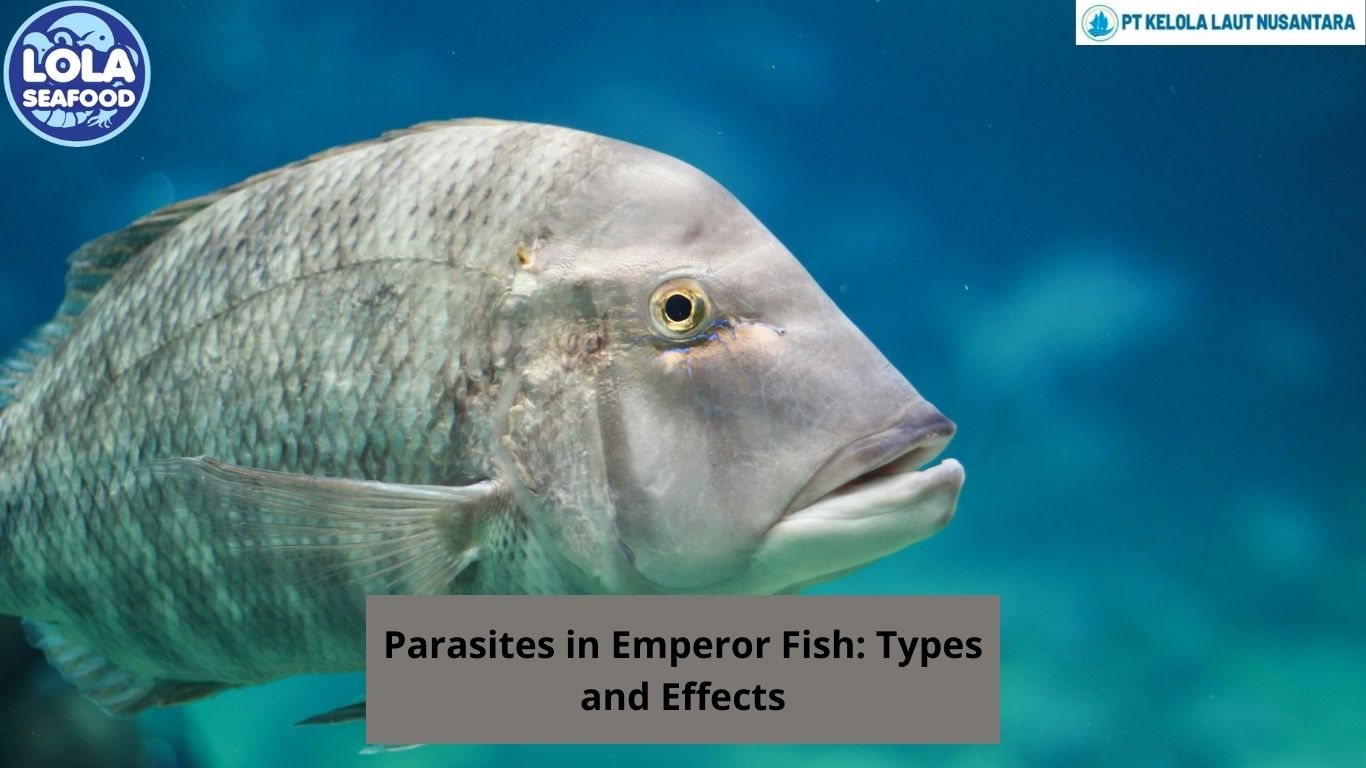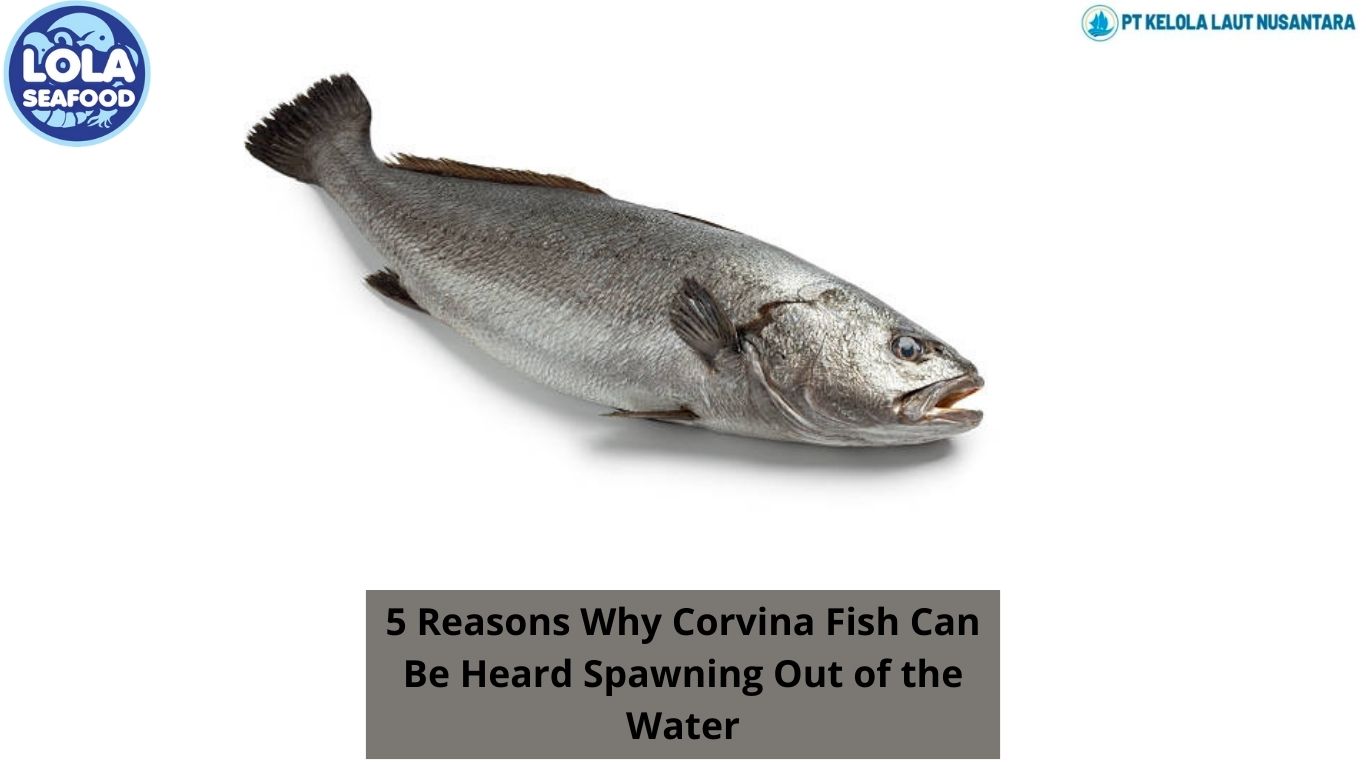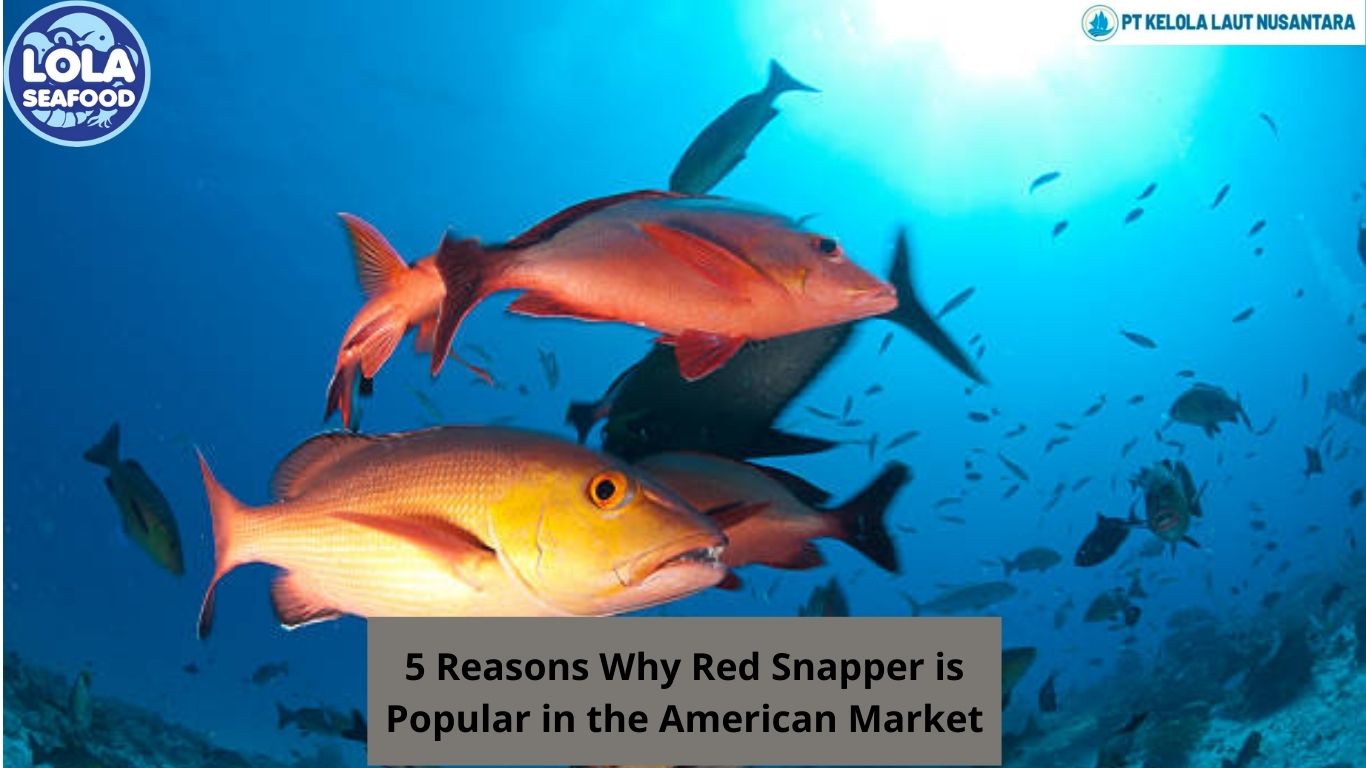This Is the Difference Between Natural Cut and Portion Cut in The Fish Processing Industry
By. Kusni - 08 Jan 2025.jpg)
Kelolalaut.com The fish processing industry plays a critical role in ensuring a steady supply of seafood to consumers worldwide. One key aspect of this industry is the cutting and portioning of fish, which directly impacts product quality, customer satisfaction, and overall efficiency. Two primary methods for processing fish cuts are the natural cut and the portion cut. Understanding the differences between these methods is essential for producers, retailers, and consumers alike.
A. Natural Cut
A natural cut refers to fish portions that are derived by following the natural anatomy of the fish. This method respects the original shape, size, and structure of the fish, resulting in pieces that are irregular in shape but retain the natural texture and integrity of the fish.
Natural cuts are commonly seen in fish fillets, steaks, or loins that mimic the organic contour of the fish body. For instance, when a salmon is filleted, its sides are typically cut along the bone structure, resulting in unevenly sized pieces that reflect the fish's natural proportions. These cuts often have varying thicknesses and shapes.
1. Advantages of Natural Cut
- Minimal Waste: By following the fish's natural anatomy, this method reduces wastage and maximizes yield.
- Aesthetic Appeal: The natural look of the cut is often considered visually appealing, particularly in gourmet and premium settings.
- Preservation of Texture: Natural cuts maintain the fish's texture and flavour due to the limited handling and minimal processing.
2. Disadvantages of Natural Cut
- Inconsistent Sizes: Irregular shapes and sizes make it challenging to package uniformly or portion control for recipes.
Not Ideal for Mass Production: The variability in size and weight can complicate pricing and standardization, particularly in large-scale operations.
B. Portion Cut
A portion cut involves cutting the fish into uniform sizes, shapes, and weights to meet specific requirements. This technique is typically achieved using mechanical processes or advanced equipment to ensure precision and standardization.
Portion cuts are commonly used in the food service industry where consistency is paramount. For example, a restaurant chain may require identical 6-ounce portions of fish to ensure uniformity across its menu offerings. These cuts are often square, rectangular, or tailored to precise dimensions.
1. Advantages of Portion Cut
- Consistency: Uniform sizes and weights ensure predictable cooking times and ease of presentation in food service.
- Convenience: Portion cuts are pre-sized and ready for cooking, which reduces preparation time for chefs and home cooks.
- Standardization: Ideal for large-scale operations, portion cuts simplify inventory management and pricing.
2. Disadvantages of Portion Cut
- Increased Waste: The process often involves trimming and discarding parts of the fish, which can result in higher wastage.
- Higher Costs: The machinery and labour involved in precise portioning add to production costs.
- Potential Loss of Texture: The additional handling and processing may slightly alter the fish's natural texture and flavour.
Choosing the Right Cut
The choice between natural and portion cuts largely depends on the intended application. High-end restaurants and specialty markets often prefer natural cuts for their aesthetic and culinary value. Conversely, portion cuts are favoured by fast food chains, institutional kitchens, and retailers who prioritize efficiency and standardization.
Ultimately, the decision hinges on balancing factors such as cost, customer demand, and the specific requirements of the end product. Both methods play indispensable roles in the fish processing industry, ensuring that diverse consumer needs are met.
If youre interested in our Emperor Fillet Skinless, Snapper Fillet Skinless, Crimson Snapper Whole Round, Parrotfish Fillet Skinless, and Grouper Fillet Skinless please do not hesitate to contact us through email and/or whatsapp
